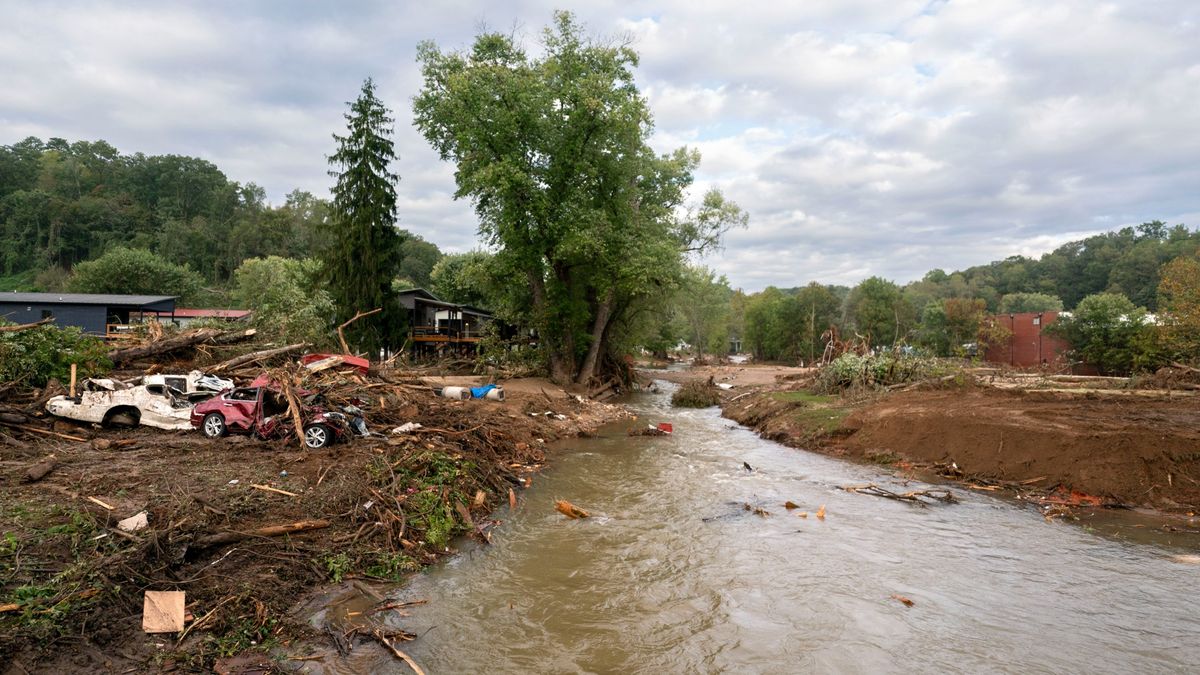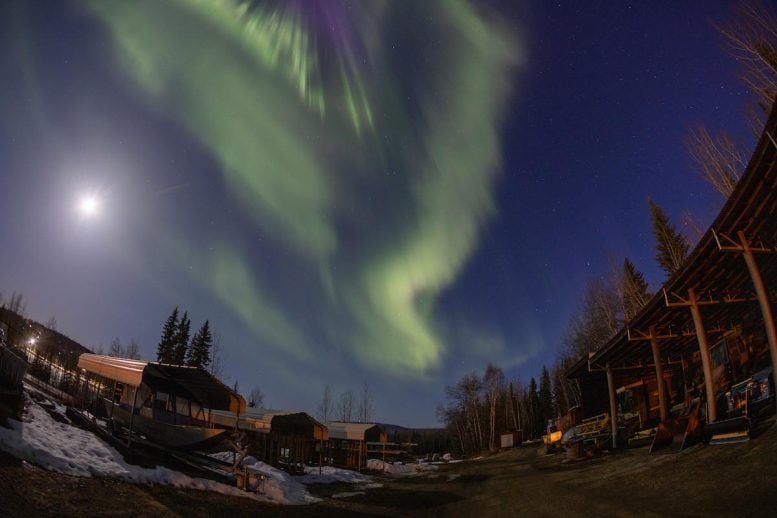Winter weather continues to dominate forecasts across the United States, with snowstorms, high winds, and flood risks posing significant challenges to travel and daily life. Here’s a detailed look at what to expect in key areas as we approach the New Year.
New York: Snowstorms and Coastal Flooding
The National Weather Service has issued a Winter Storm Watch for western and northern New York, with snow accumulations expected to exceed 7 inches (17.78 cm) in counties such as Wayne, Oswego, and Jefferson. The Tug Hill Plateau and areas southeast of Lake Ontario are likely to see the heaviest snowfall.
- Timing: Wednesday afternoon through Sunday evening.
- Snow Accumulation: More than 7 inches possible, heaviest in Tug Hill and southeast of Lake Ontario.
- High winds reaching up to 60 mph (96.56 km/h) are forecast along the Lake Erie shoreline, increasing the risk of power outages and falling trees.
- Coastal flooding warnings are in effect for areas near Lake Erie due to rising water levels and significant wave activity.


Expected Impacts
- Rapidly changing road conditions with reduced visibility.
- Hazardous travel on key routes, including Route 5, which may experience flooding.
- Potential infrastructure damage due to strong winds and erosion along shorelines.
| Region | Weather Conditions | Expected Impact |
|---|---|---|
| Tug Hill Plateau | Heavy lake-effect snow | Difficult travel, reduced visibility |
| Lake Erie Shoreline | Strong winds and flooding | Power outages, shoreline erosion |
While New York faces heavy snow, other parts of the U.S. are grappling with alerts for high winds, flooding, and snowstorms, underscoring widespread weather disruptions during the holiday week. Conditions remain dynamic, with travelers urged to stay informed and take precautions.
Colorado: Mountain Snow Disruptions
The northern and central Colorado mountains remain under winter weather alerts, with snow and icy conditions affecting mountain passes and highways, including I-70.
Forecast Overview
- Monday: Snow and blowing snow with highs near 37°F and gusts up to 25 mph (40.23 km/h).
- Tuesday: Clearer skies but icy roads as temperatures dip into the teens overnight.
- Thursday: Another storm system will bring fresh snowfall to higher elevations.
Travelers should prepare for road closures and delays, carry emergency kits, and avoid unnecessary trips in the affected areas.
| Date | Conditions | Temperature |
|---|---|---|
| Monday | Snow, blowing snow | High 37°F, Low 20°F |
| Tuesday | Clear but cold | High 40°F, Low 15°F |
| Thursday | Snow returns | High 43°F, Low 25°F |
Oregon: Mountain Snow and Coastal Rain
Travelers in Oregon are advised to prepare for diverse conditions, from heavy snow in the Cascades to light rain and patchy ice in Pendleton.
Regional Breakdown
- Cascades: Snow levels dropping to 2,500 feet (0.76 kilometres) with accumulations over 1 inch (2.54 centimetres) in some areas, creating hazardous travel on mountain routes like Interstate 84.
- Pendleton: Rain and fog expected through New Year’s Day, with temperatures peaking in the upper 30s. Patchy ice on roads may cause localized disruptions.
| Location | Weather Conditions | Key Impacts |
|---|---|---|
| Cascades | Snow and icy roads | Hazardous mountain travel |
| Pendleton | Rain and fog | Slippery, icy patches on roads |
Looking Ahead: New Year’s Eve Weather
- New York: Rain returns Tuesday night, potentially clearing for New Year’s Eve with highs around 52°F and breezy conditions.
- Colorado: Mostly clear skies for Wednesday, but colder weather and snow may return Thursday morning.
- Oregon: Mixed rain and snow expected in higher elevations through New Year’s Eve, with dry conditions likely by Friday.
Safety Tips for Residents and Travelers
- Stay informed: Regularly check local weather updates for changing conditions.
- Prepare vehicles: Ensure your car is equipped with chains, emergency supplies, and enough fuel for detours.
- Limit travel: Avoid unnecessary trips in areas with heavy snow, strong winds, or icy roads.
Stay alert and be ready, since severe weather is still on the way. Whether traveling for the holidays or staying local, keeping an eye on forecasts can help ensure a safe and smooth start to the New Year.
Got a reaction? Share your thoughts in the comments
Enjoyed this article? Subscribe to our free newsletter for engaging stories, exclusive content, and the latest news.









Leave a Comment